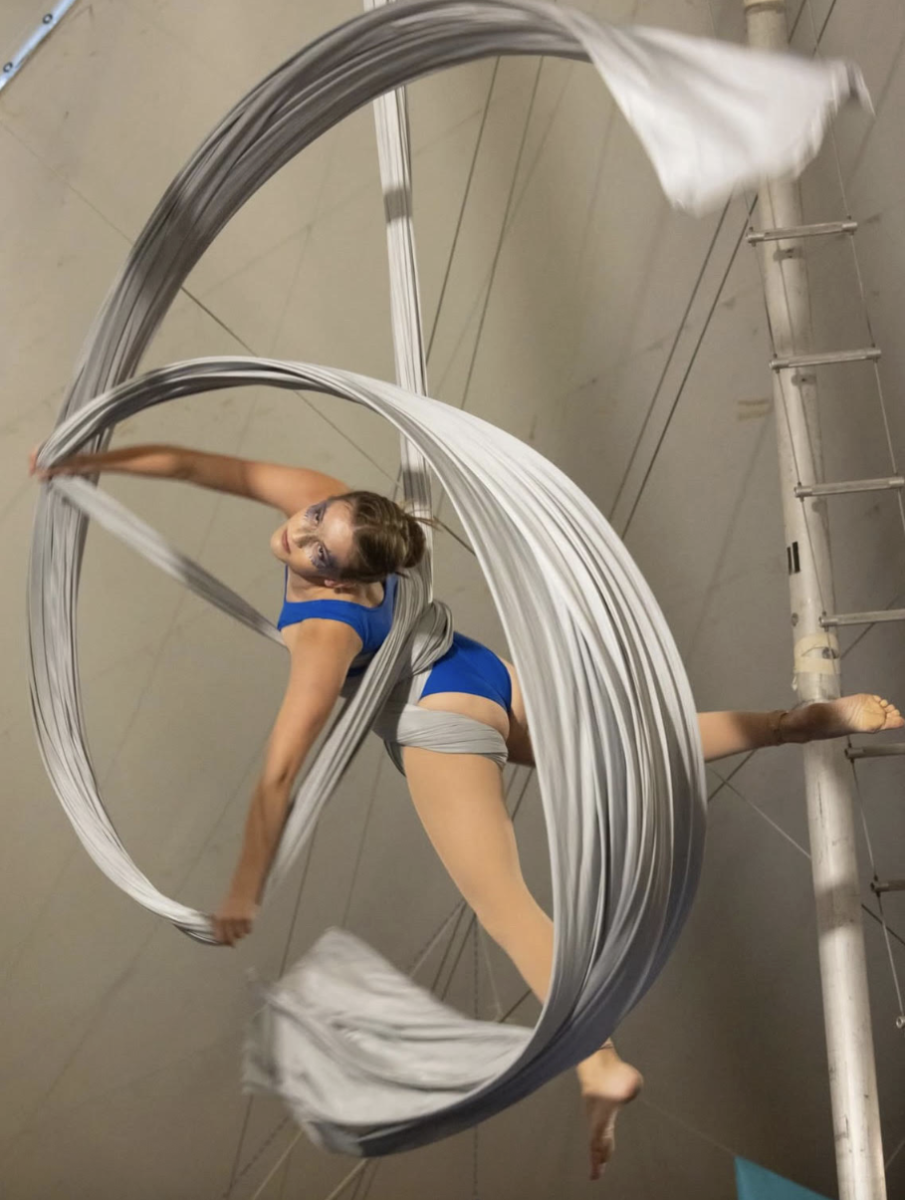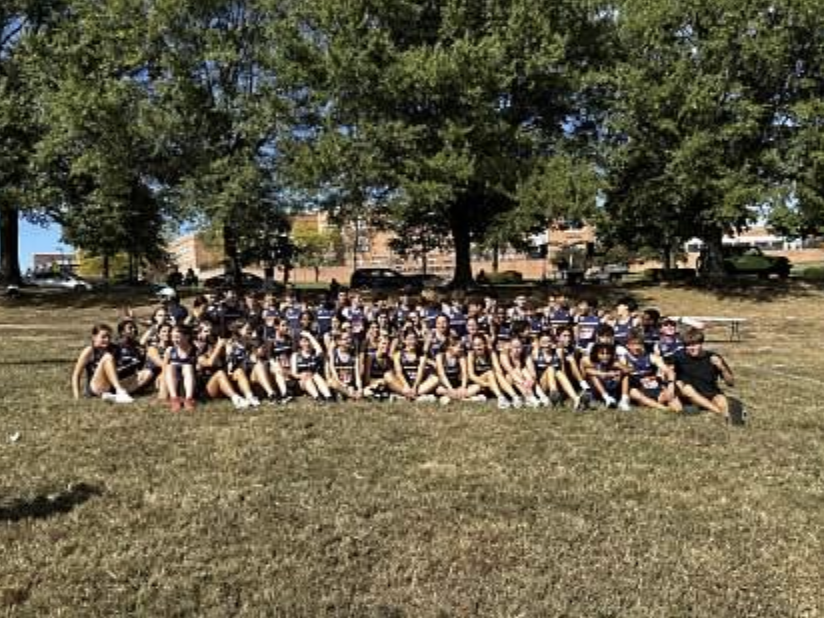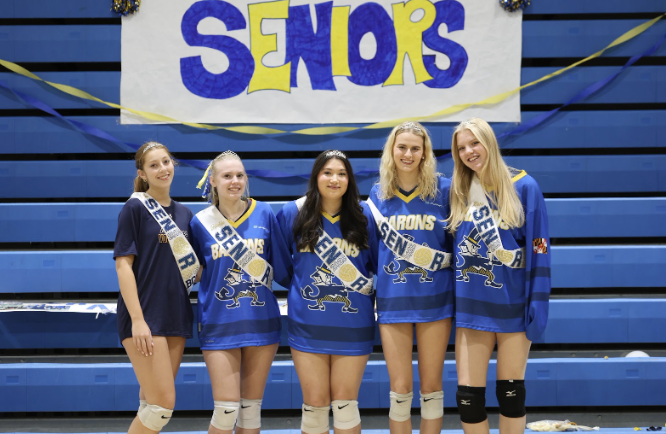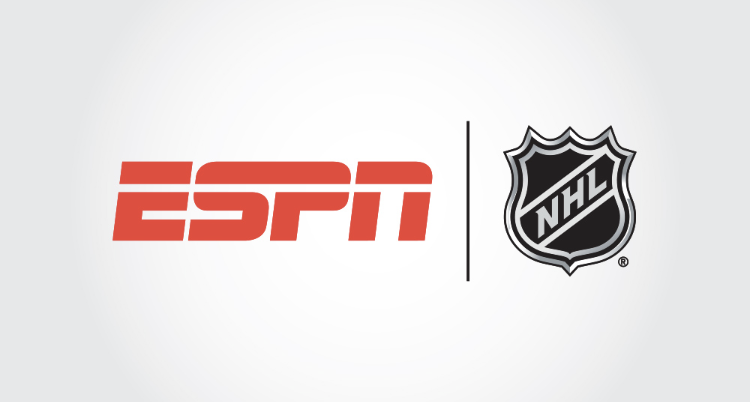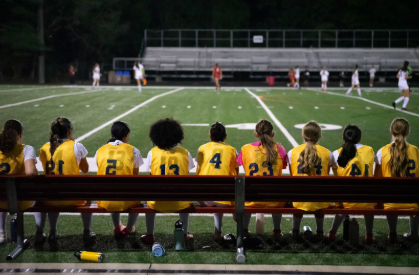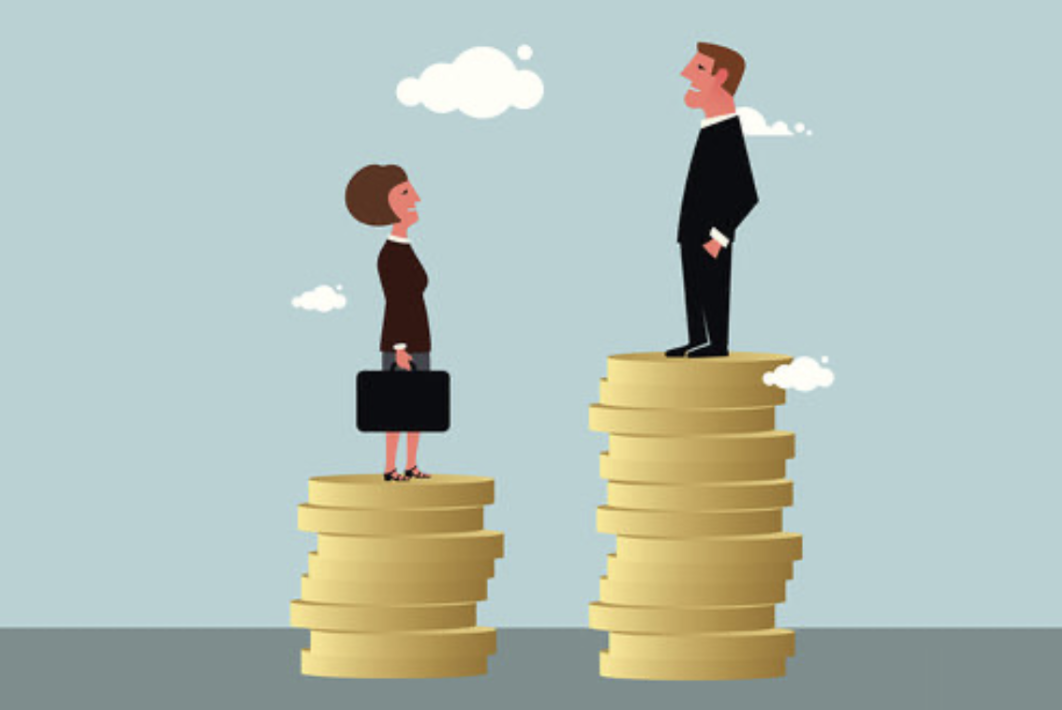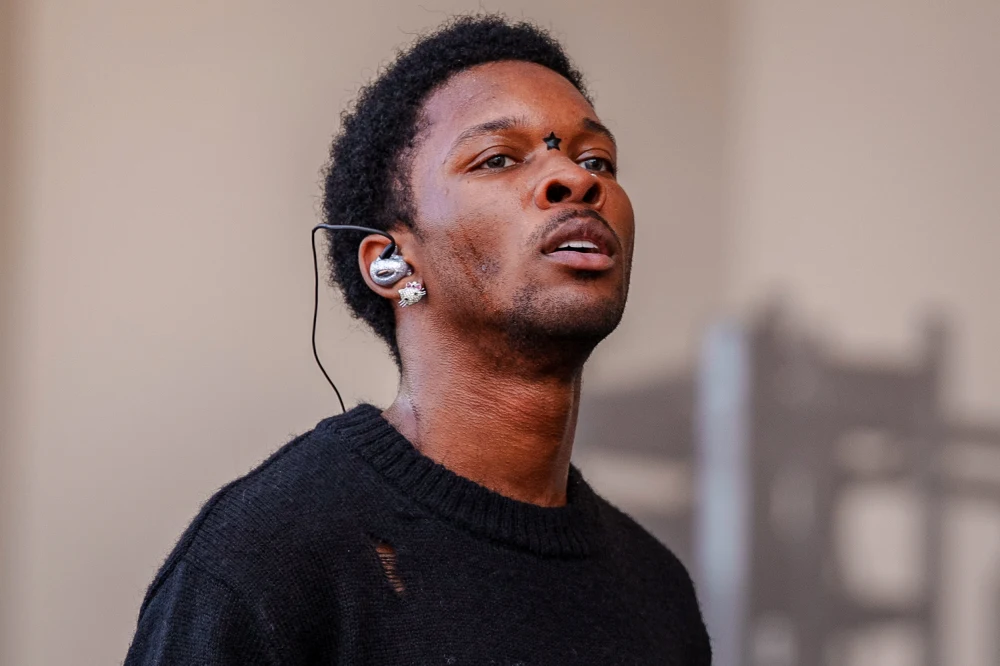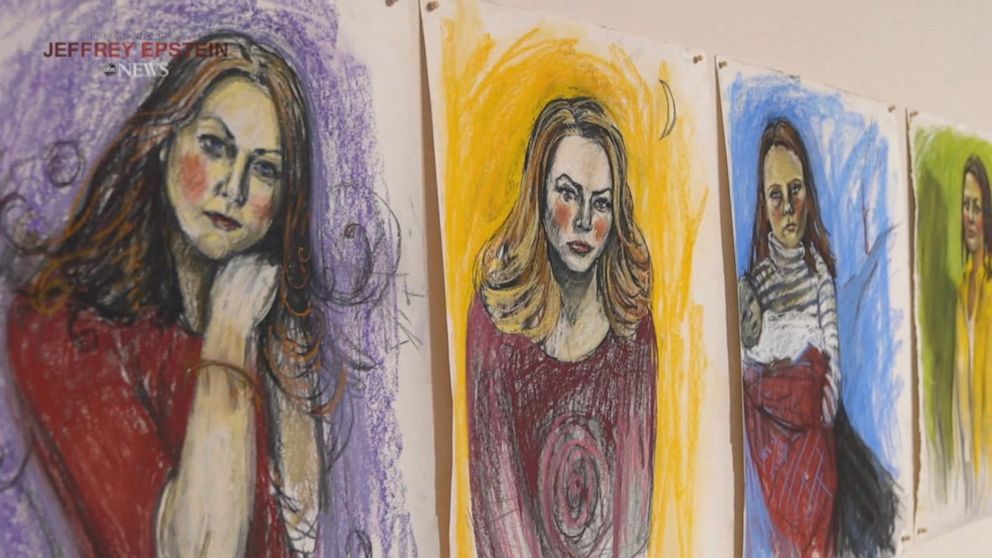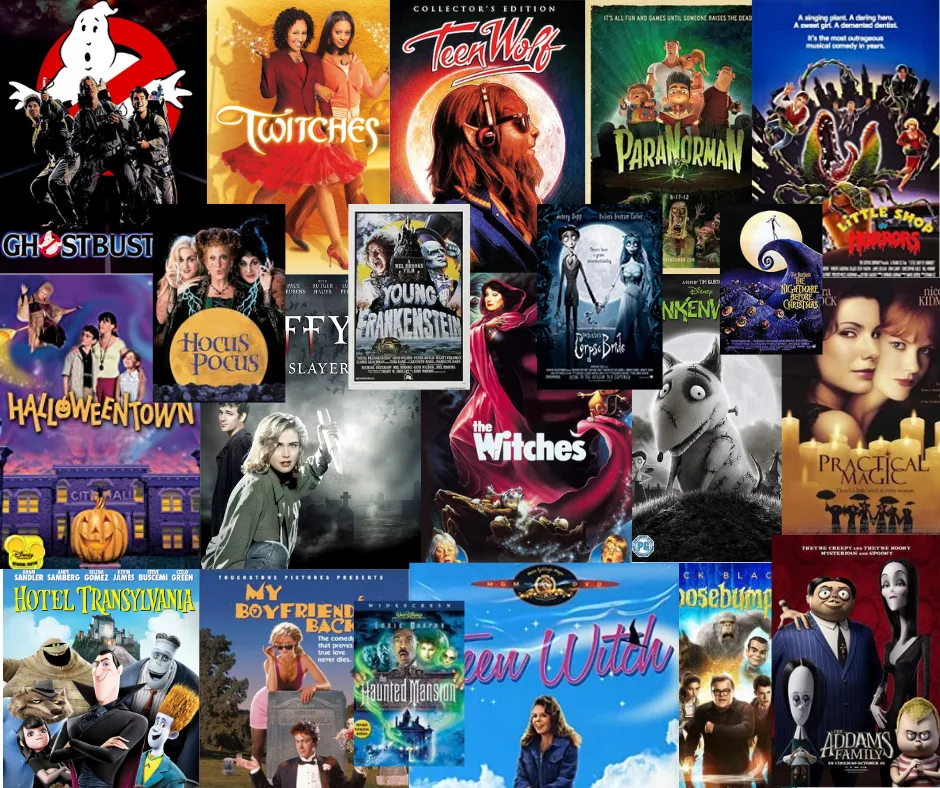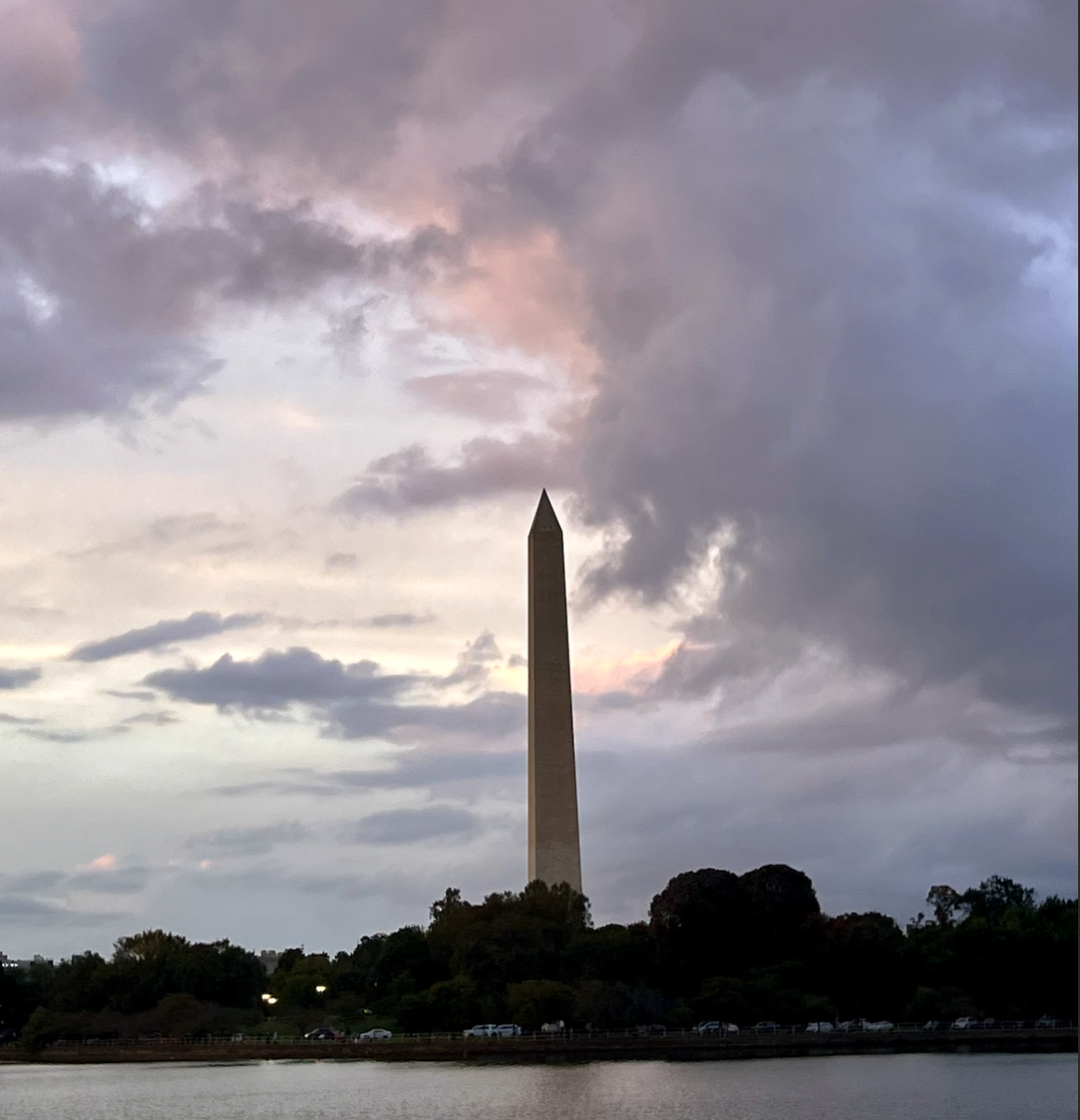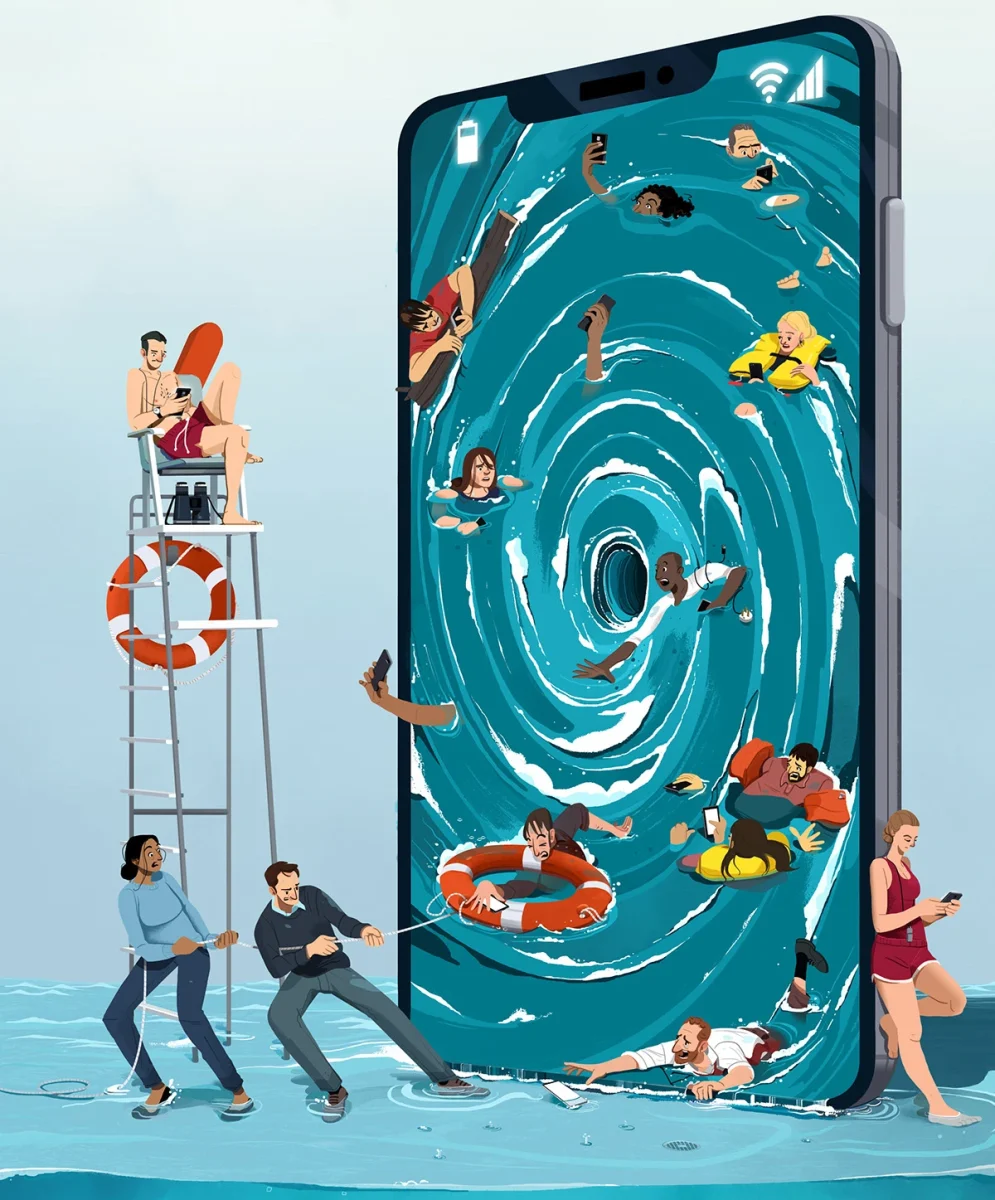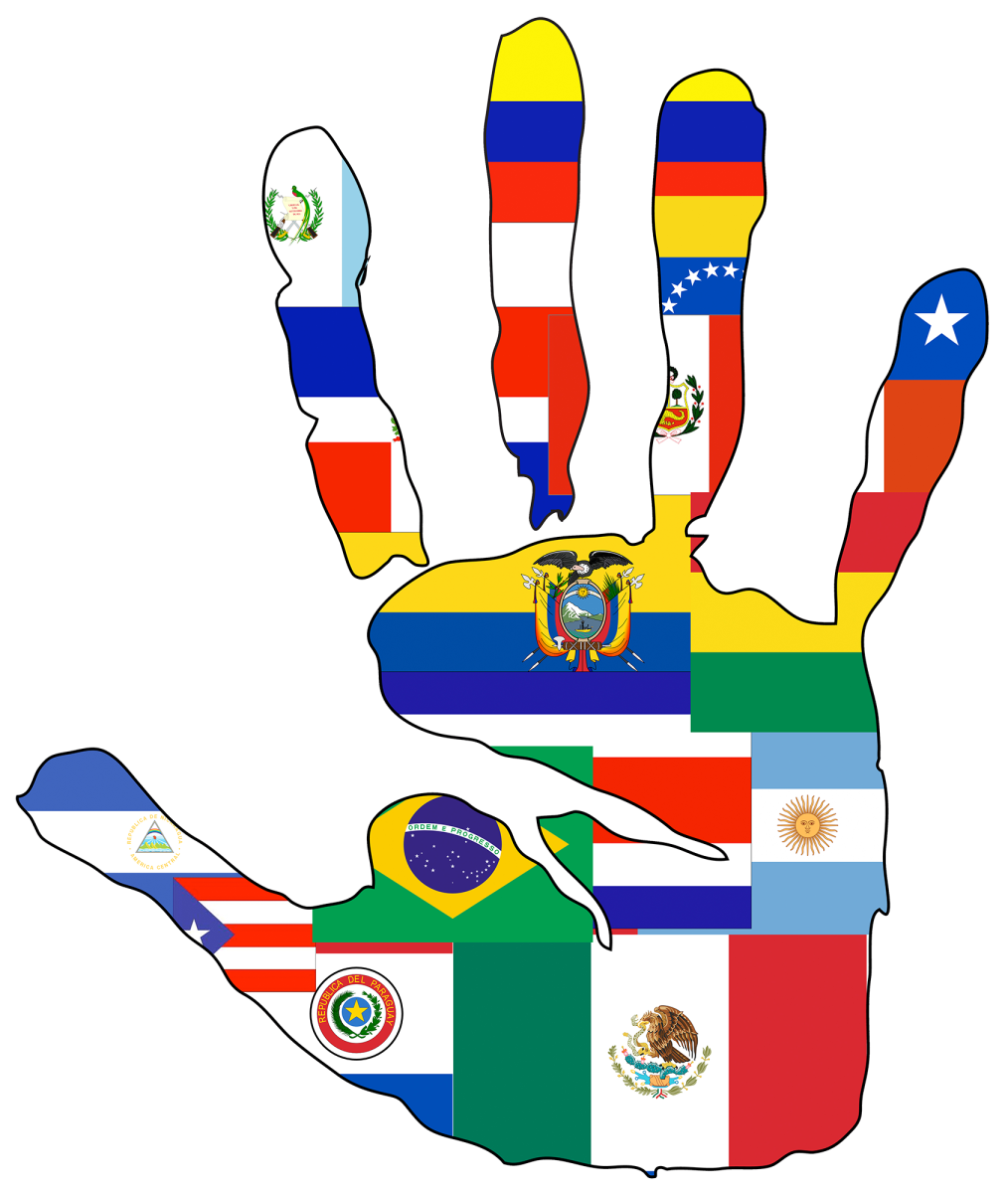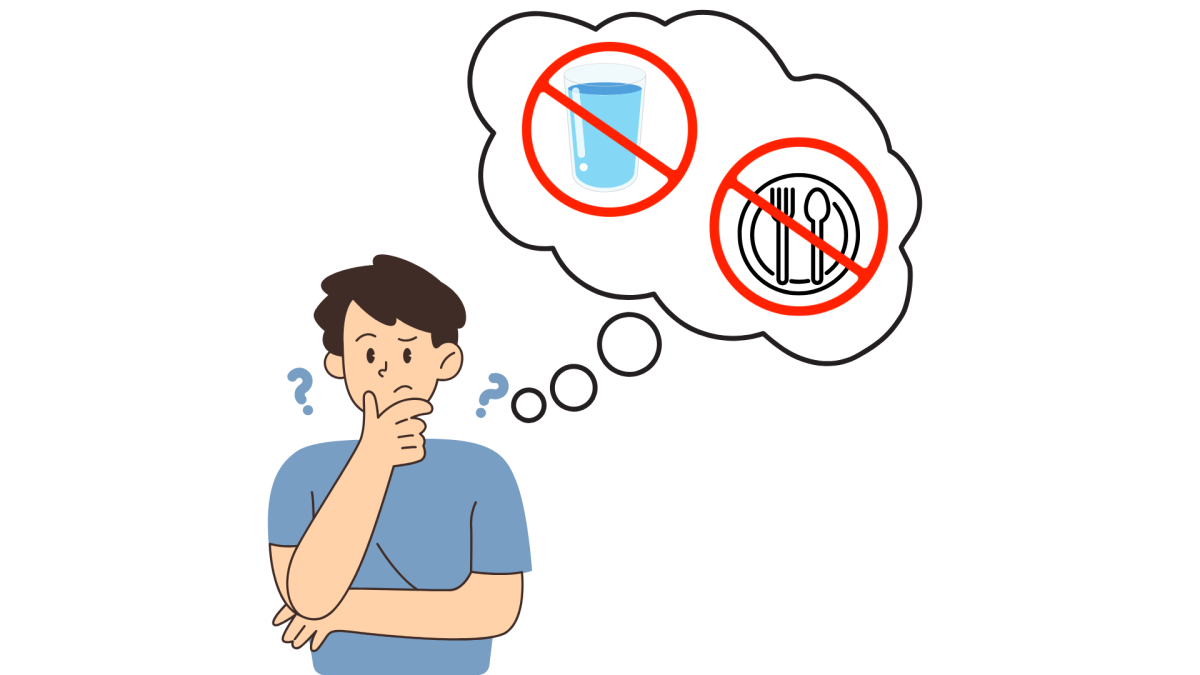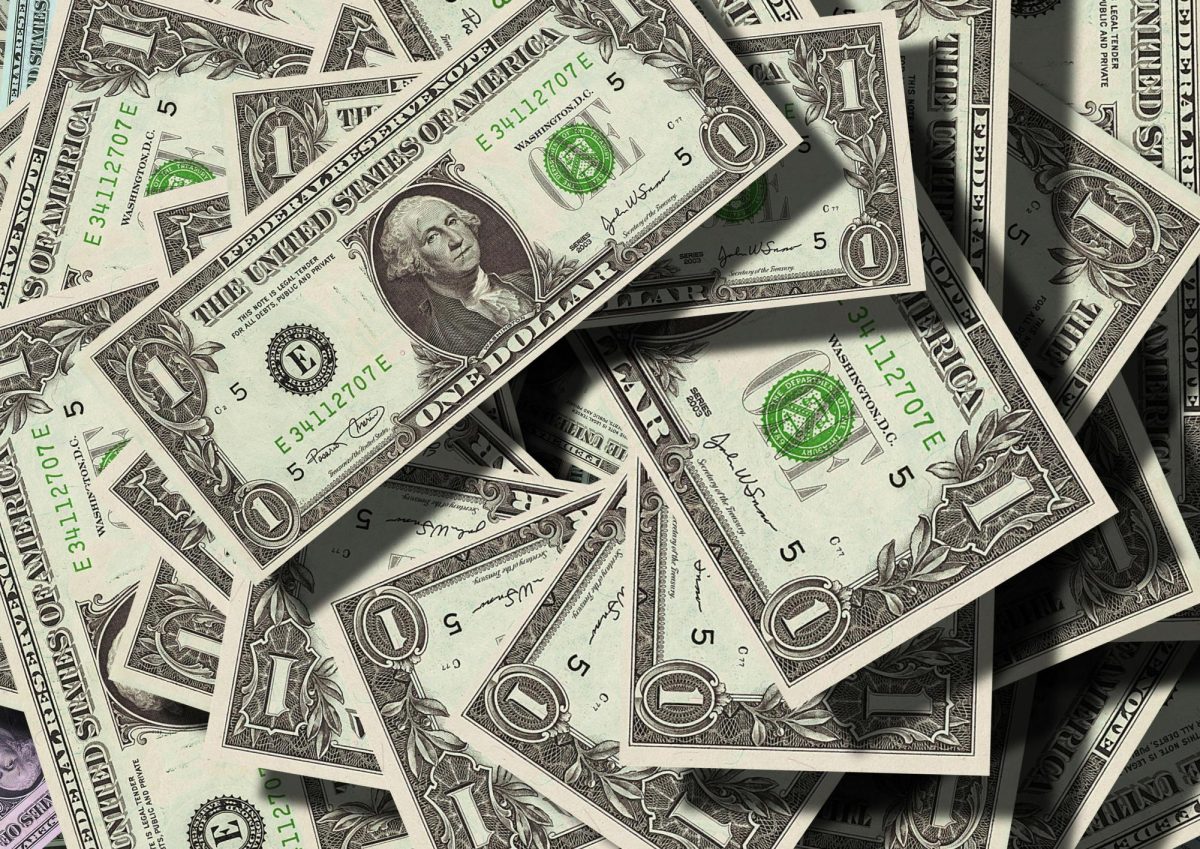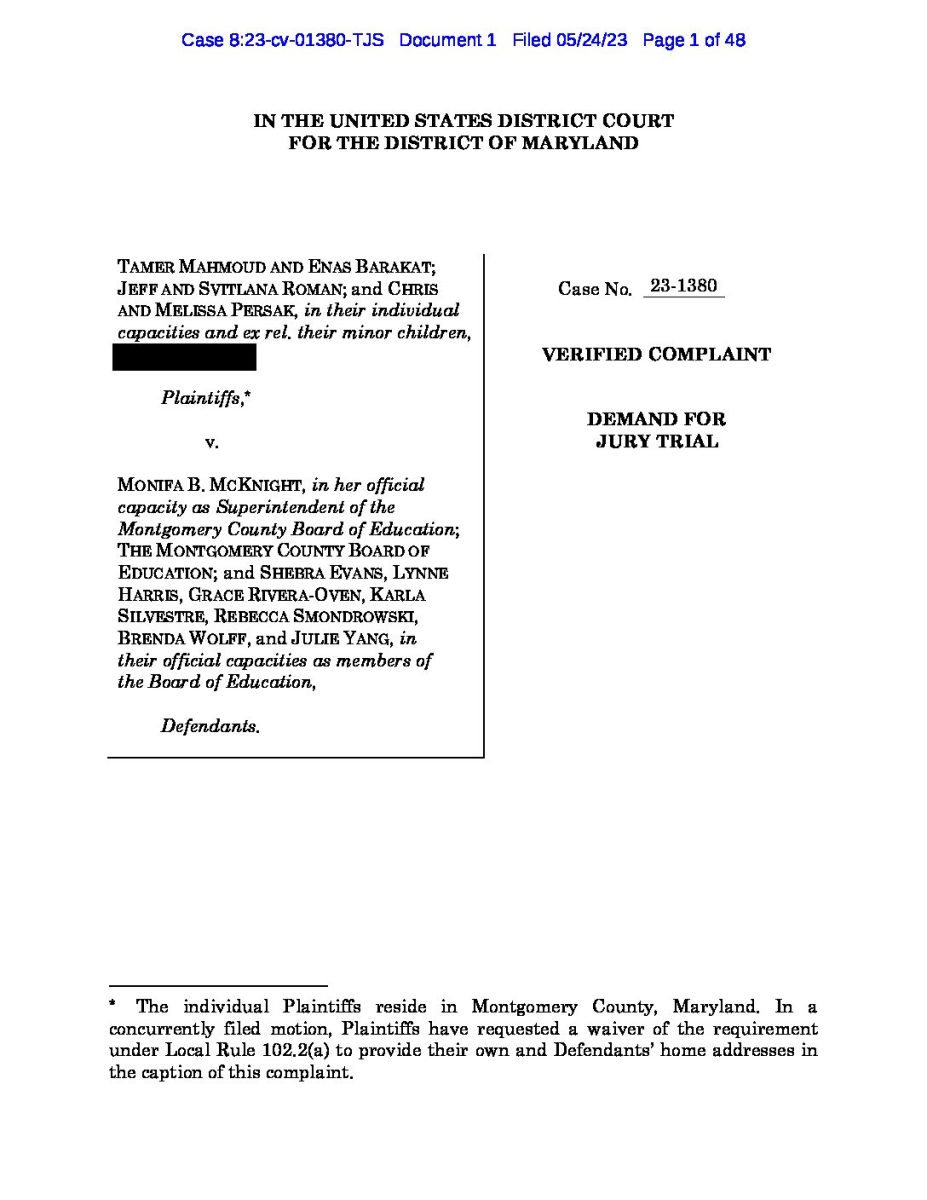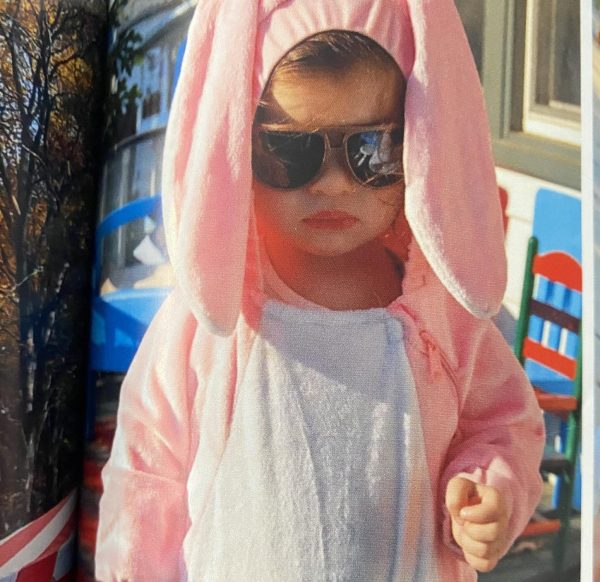Talent doesn’t discriminate—but athletes’ salaries do. The gender pay gap is particularly apparent when looking at basketball: a WNBA player makes approximately $1.25 for every $100 that a male player earns. Reducing the pay gap in professional basketball would promote equality for women’s basketball players.
The WNBA was founded in 1996 but its real popularity began in recent years, with the rise of stars like Caitlyn Clark, who joined the league in the 2024 season. Data from the Athleto Group, shows that “viewership jumped 170% from 2023 to 2024, with the Finals peaking at 18.7 million, its highest in 25 years.” Prominent players like Clark highlighted the talent and skill that WNBA players were capable of, drawing more media attention from men and women alike. Their performances have helped bridge the exposure gap between the WNBA and its male counterpart.
Despite the growing popularity and visibility of women’s professional basketball, the significant gap in income between men’s and women’s professional basketball persists. Last year, the average NBA player received a salary of $11.91 million. To put this in perspective, this is approximately 117 times the average WNBA salary of $102,000 in their 2024-2025 season.
Reducing the pay gap between men’s and women’s basketball isn’t just about money, it’s about eliminating the harmful message that this disparity sends to young girls. The unequal pay undermines the league’s progress and success and diminishes the potential to inspire young girls to pursue this career, because of the perception that they are worth less than the male players. This difference in value of women’s players can even be seen on smaller scales, including at B-CC. Ms. Ingalls, the Girls Basketball coach said, “I know especially for our school spirit, it feels like it’s more centered around the boys team. So in the past it would be frustrating when we would often have a better record than the boys team, but people were showing up more to the boys games.” It is discouraging for girls to see that despite better games and increased popularity, the WNBA still isn’t being paid anywhere near the amount of players in the NBA, regardless of their respective playing times or skill levels.
In addition to promoting a fair environment for young girls to look up to, closing the pay gap is important because it sets the precedent of equal pay in various careers beyond professional basketball. The gender pay gap for women’s basketball is not an isolated issue and translates not only to other women’s sports leagues, but to jobs across the board. For example, according to Adelphi University, in professional soccer, men are making on average $471,000 while women are making about $54,000, an 870% difference. This disparity is present with doctors as well. Health Affairs states that “female physicians earn an estimated $2 million less than male physicians over a simulated 40-year career.” These are only a few examples that emphasize the extent to which women are undervalued in so many fields. Diminishing the pay gap for women’s basketball is a small but meaningful step to greater income equality all over the United States; even a minor change can carry massive symbolic value.
Many people believe that the pay gap is a realistic consequence of the WNBA receiving less revenue, saying that since the NBA brings in more money, its players deserve higher wages. However, this reasoning overlooks historical and systemic inequalities that have limited the growth of women’s basketball. For one, the WNBA was founded in 1996, 50 years after the founding of the NBA in 1946, giving the men’s league a considerable headstart in sponsorship deals, investment opportunities, and audience development. If the WNBA had been able to receive a fraction of the attention and funding that the NBA has historically been given, the gap in revenue would likely look very different today. The pay gap reflects not just an economic reality, but also decades of unequal opportunity and support.
When it comes to the WNBA, there is still a long way to go to achieve equality, but many are optimistic that progress can be made. Ms. Ingalls said, “For the next generation, I think we’re moving in the right direction but we just have to keep this momentum.”



